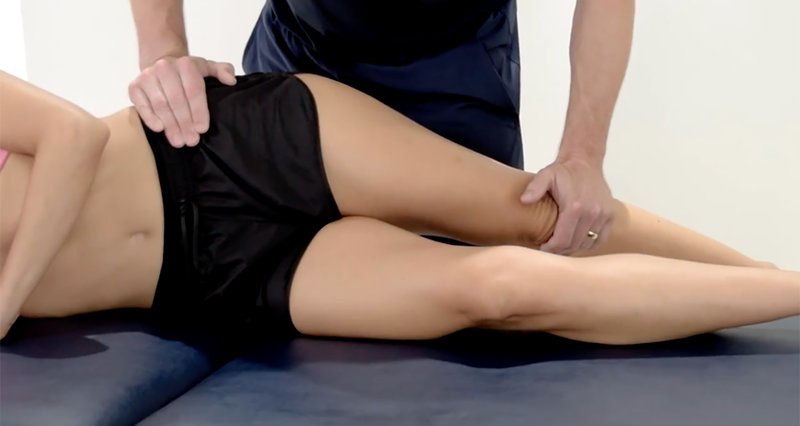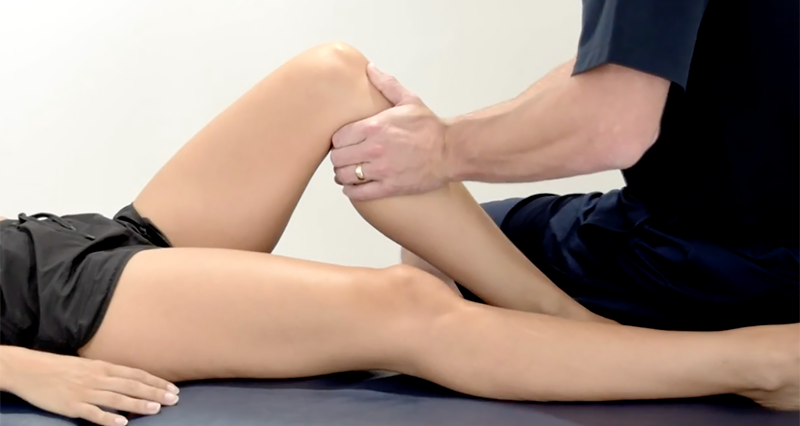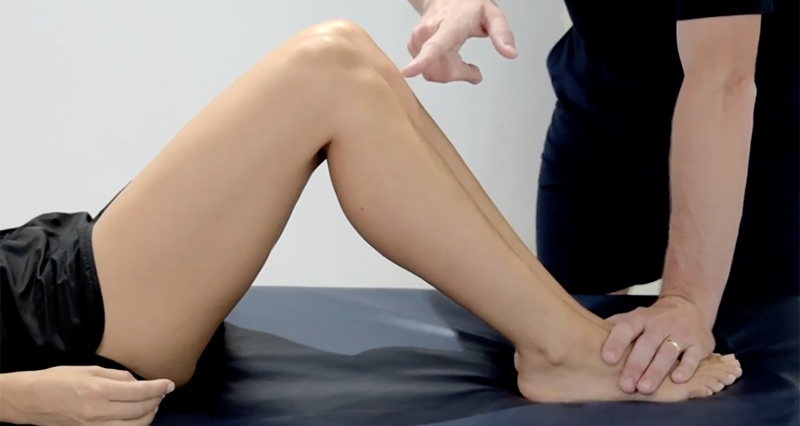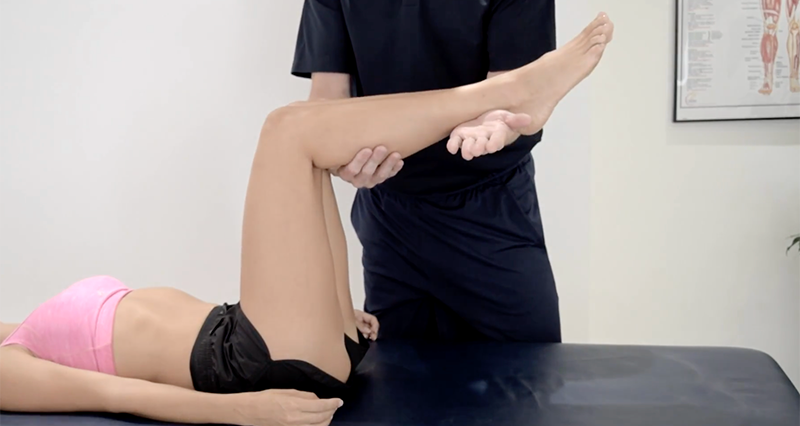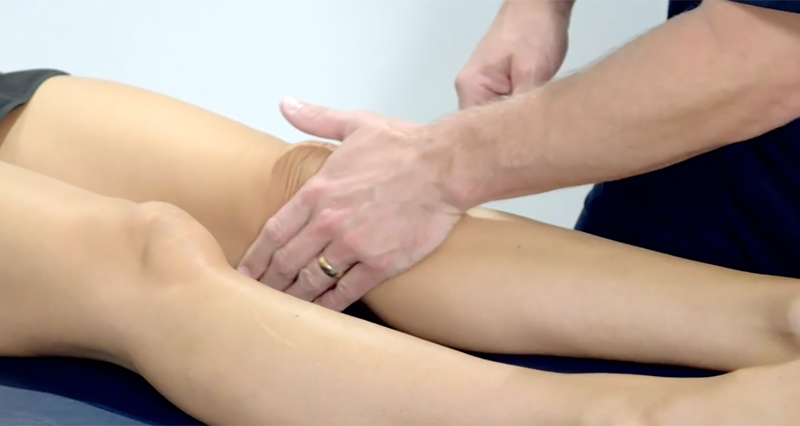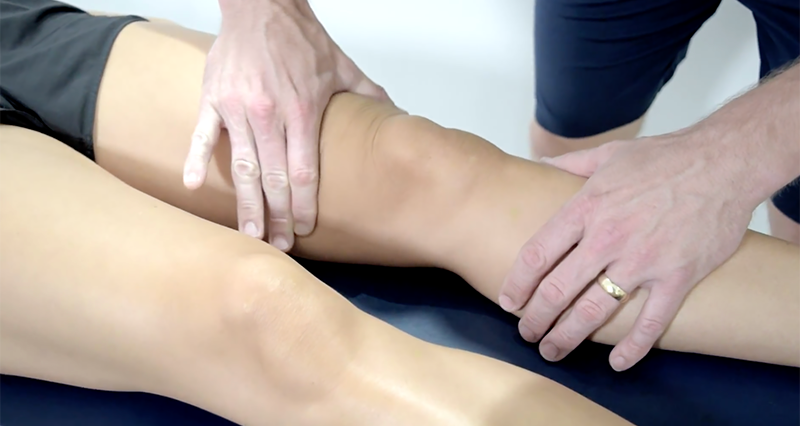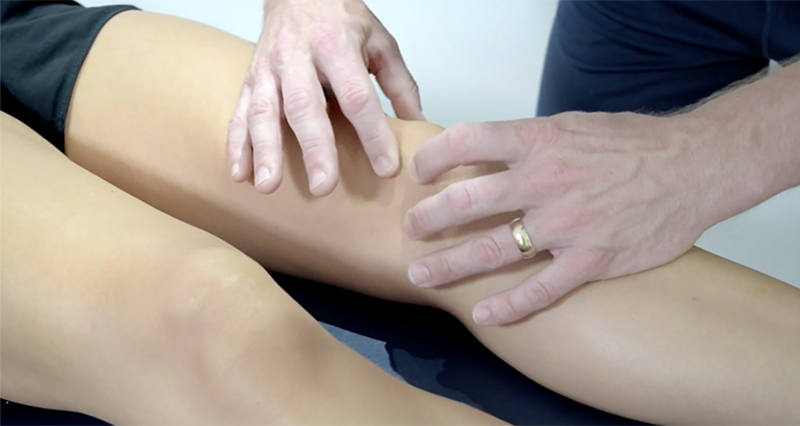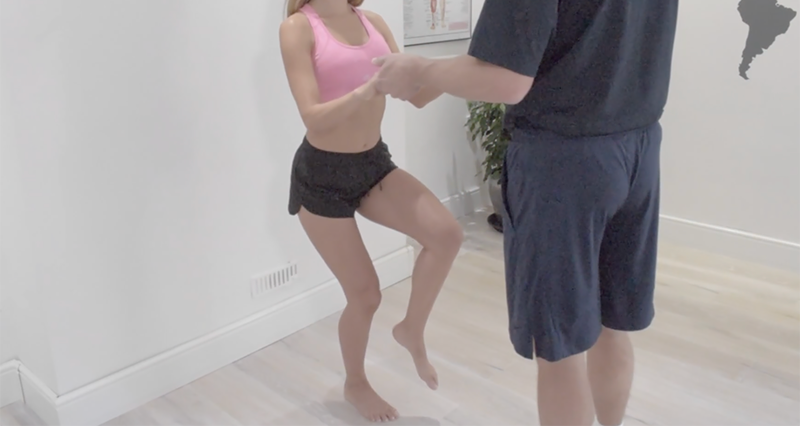The patella apprehension test also called the ‘patellar apprehension test,’ helps doctors check for patellar instability, especially when they suspect dislocation or subluxation.
What is patellar instability?
Patellofemoral instability gives the sensation of a slipping or loose kneecap, leading to pain and swelling at the front of the knee. Various factors, including previous patella dislocation injuries, can cause this condition.
Primary patellofemoral instability often stems from lax or overly flexible ligaments, causing the patella to sit too high in the knee joint, known as patella alta. Additionally, the tibial tuberosity, a bony prominence at the front and top of the tibia, may shift anatomically towards the shin’s outer surface.
Secondary patellofemoral instability, meanwhile, usually follows a patella dislocation that damages the medial patellofemoral ligament, the main stabilizer preventing the patella from shifting laterally.
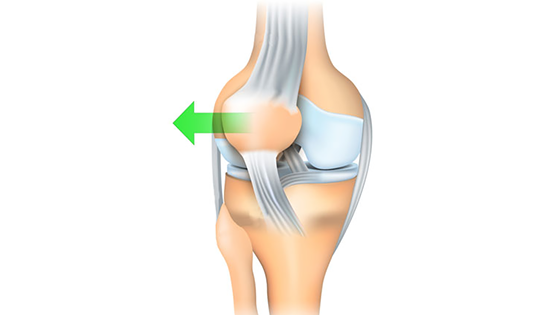
How to perform the patellar apprehension test:
The patient begins the test by lying supine (on their back) and extending their knee. Next, the examiner gently pushes the patella laterally (towards the outside of the knee) while slightly flexing the knee.
If the patient displays apprehension, discomfort, or actively resists this lateral movement, the test is considered positive. Consequently, this reaction typically indicates potential instability or a history of dislocation or subluxation.
A positive patellar apprehension test points to instability, which may lead to further dislocations or subluxations. This test is particularly useful for evaluating patients who experience recurrent instability or have had previous dislocations
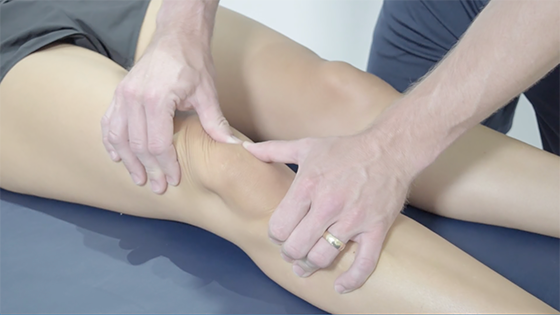
Considerations
Before you perform the patella apprehension test, ensure the patient has not recently suffered a patellar dislocation. Testing a recently dislocated patella can worsen the injury and increase pain, leading to additional complications. Always review the patient’s medical history and confirm their knee is stable enough for testing.
